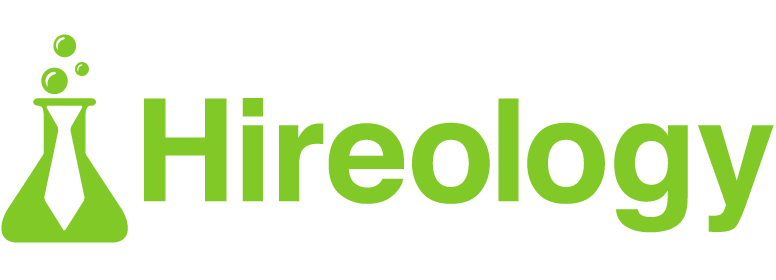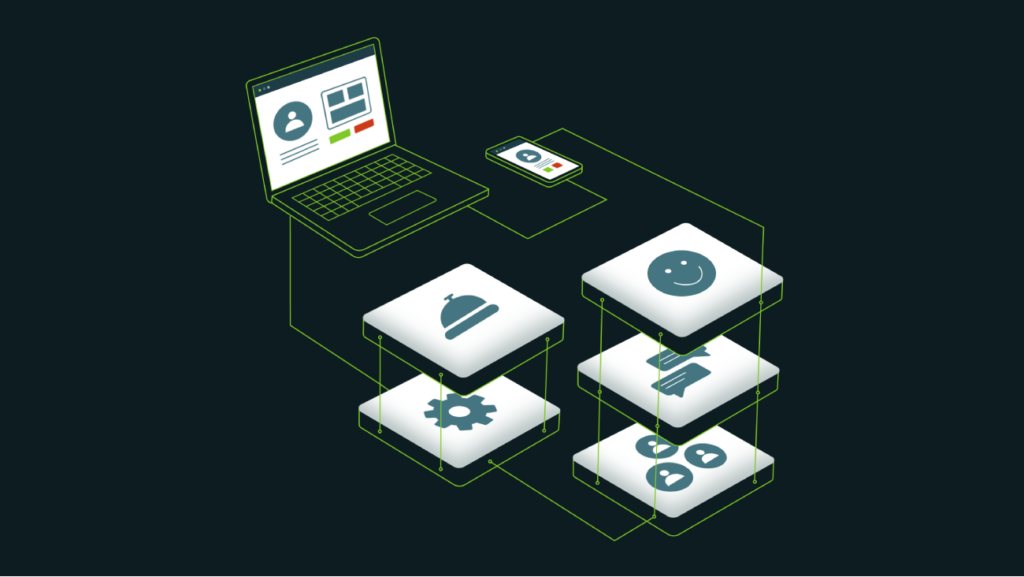
It’s no surprise that we’re huge fans of getting everything related to hiring into a unified process – it’s our bread and butter, and something that saves our customers hundreds of hours a month. But after announcing our new integrated payroll solution, we’re seeing the incredible benefits to running both hiring and payroll as a single, seamless HR stack.
Your HR stack is a combination of each step in your recruitment, hiring and human capital management processes. By examining each of these processes separately to see how they interact, we can realize efficiencies, save time, and reduce errors by treating each component as a unified approach across hiring efforts, new employee onboarding, payroll, and HR administration.
The key is understanding each step in the process, and how they work together to operationalize your human resources department. HRExaminer recently surveyed nearly 800 HR professionals on the technologies used in U.S.-based human resource departments and created a comprehensive list of components in an HR Stack:
Hiring & New Hire Onboarding
- Hiring: The first step in acquiring new talent for your organization. The Hireology process includes sourcing through a career site or job boards, centralizing data through an applicant tracking system, conducting objective interviews, and verifying skills, eligibility, and references before extending an offer.
- Onboarding: Once candidates pass the hiring phase, it’s time to onboard them to take care of paperwork and get them familiarized with the team and their roles in the organization. Our approach is to do this with a paperless onboarding platform to get all tax forms, regulatory details, I-9 processing, and company-specific training and materials reviewed and completed digitally before the first day of employment. This allows each new employee to spend his or her first day asking qualitative questions about the company and focusing on contributing much faster.
Payroll and Human Capital Management
- Payroll and Compensation: A critical component of any organization, payroll includes all aspects of organizing, delivering, and analyzing the various components of making sure employees are compensated in a timely and accurate manner. Beyond the surface of scheduling regular payments to various team members across your company, payroll includes compliance with tax withholding and bonus calculation.
- Benefits Administration: This includes all aspects of compliance, scheduling, and reporting of employee benefits at both organizational and individual levels. Benefits may range from healthcare, life insurance, retirement planning, commuter benefits, to the various other programs you may have set up for your employees as workplace perks.
- Time and Attendance: Track, monitor and manage employee schedules, arrivals, and departure times. This can include app or computer-based time tracking, or physical clocks that may include biometric technology. This can also include systems to proactively notify managers and employees on potential overtime thresholds, saving departments from cutting into their bottom lines.
Team and Individual Performance
- HR Analytics: Underutilized by many companies, HR analytics leverage data sources across the HR stack to interpret and predict business results from your human capital systems. These HR insights can help identify red flags in the hiring process, under-performing departments or managers, or opportunities to speed up hiring velocity (speed of hiring) and onboarding time for new employees. For example, combining data from hiring sources and payroll will unlock business trends you can turn into actionable insights to run your company better. These insights can include how long it takes for new employees to become profitable, which hiring managers are outperforming others, whether specific departments or time of tenure are more susceptible to turnover, and if employees are under-utilizing particular benefits. Linking different elements of your HR stack will ensure each system is working in a unified, intelligence-gathering manner, helping you get better insights from your business.
- Performance Management: Facilitate the ongoing development of your team through regular performance reviews. Regular reviews that happen quarterly or annually help individual contributors understand whether or not they are on track to satisfy the objectives of their role and how to improve performance to grow in their role. Performance should be tracked over time to measure long-term contributions, goal-setting, and growth.
Company-Specific Perks
- Wellness Management: A growing trend among both large organizations and small businesses alike, wellness management includes the administration, reporting, and communication of wellness perks across the organization. This can include discounts on gym memberships or classes, bikeshare memberships, registration for races, discounted fitness trackers or equipment, or innovative other ways to encourage healthy living across your team members.
- Continued Learning: As an organization, you should encourage constant learning across your team: whether you share new tactics or tools to help each employee further hone his or her skills. You should have a plan in place to organize, track, and monitor the usage of any learning tools, including LearnCore, Lynda, CodeAcademy, or your own corporate intranet.
- Total Rewards & Recognition: For some industries such as retail automotive, total rewards includes a compensation structure that motivates teams and individuals with incentives for additional units sold to drive short-term efforts. This can be a bonus percentage paid on top of existing base salary to move particular items (or vehicles) to meet sales goals. From a payroll perspective, tracking progress and ensuring accurate payment and tax withholding is critical for both the organization as well as each individual.
Organizational Planning
- Succession Management: At the leadership level, this is the plan of action needed to mitigate changes for key roles in the organization should someone resign. Having a succession plan ensures that the organization can weather organizational shifts if critical roles change with little notice.
A Unified HR Platform
- HRIS: The HR information system is the centralized platform to manage all of the elements included above. An effective HRIS will connect each of these aspects of your HR stack to run an efficient HR department. When different components of your HR stack are unified and link to one another, you can realize substantial efficiencies, dramatically reduce errors in processing, and save hours of productivity.
Hireology can help you create a unified HRIS and HR stack. For the first time, you can link the best-in-class hiring, payroll and HR administration platforms in one seamless system. Whether you are a single location small business, or an enterprise-level corporation, Hireology can serve as your HR stack to help you find, onboard, gather insights and manage your best team.




